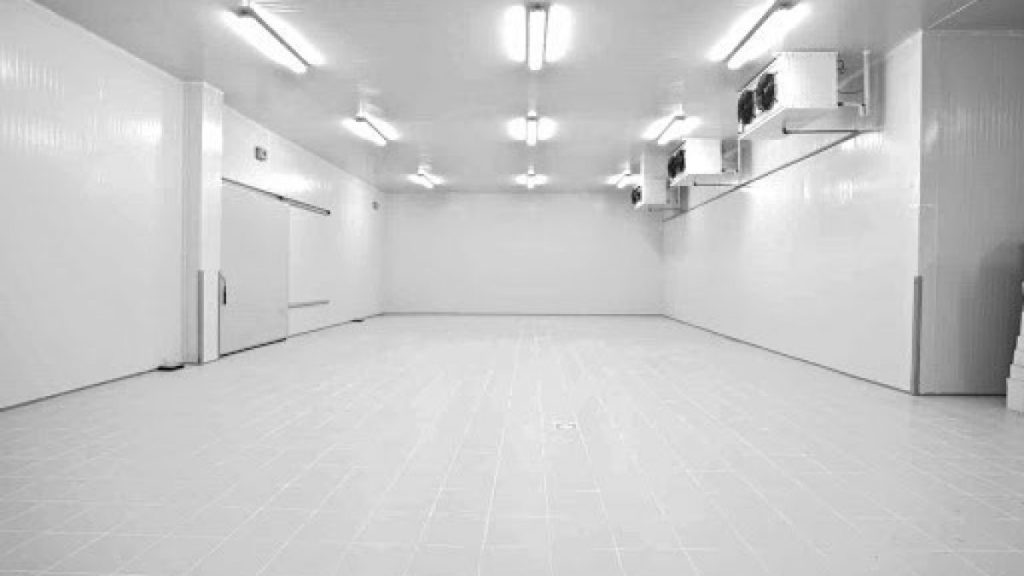A temperature control system in cold storage ensures food items that are perishable and lifesaving medicines retain their potency and effectiveness. Additionally, it helps companies save money on energy costs.
Safety at work in cold weather demands appropriate attire and tools. For example batteries for electric forklifts degrade energy much more quickly in cold warehouses as a result of condensation.
Energy-efficient refrigeration systems
The fluctuations in temperature can impact merchandise stored inside cold storage areas. To minimize their vulnerability such facilities are frequently equipped with reliable refrigeration systems. Refrigeration systems operate through the circulation of coolant in order to soak up heat and decrease its temperature. This cooling method is used for a wide range of goods, such as frozen foods, pharmaceuticals, petro-chemicals and high-tech electronic.
An efficient refrigeration system needs periodic inspections and maintenance in order to ensure that it is operating at its peak. Regular cleaning and checks can decrease energy consumption in addition to costing over time.
A different way to enhance control of cold storage is utilizing smart technology in order to monitor the energy consumption. Monitoring systems can alert businesses to sudden spikes in power use, which may indicate an issue with the refrigeration system. They are able to optimize use of energy, allowing the user to modify the settings of their thermostat in accordance with the needs of the particular product. They can decrease the burden of refrigeration systems by up to 85% and save lighting energy.

Controlling inventory of perishable goods
Managing inventory for perishable goods requires special techniques that optimize the efficiency of supply chains. These strategies reduce waste, enhance customer satisfaction, and avoid stockouts.
Utilizing demand forecasting technologies as well as sales analytics to anticipate changes in inventory levels is a way to improve managing cold storage. This will ensure your process for ordering is planned to ensure that you receive stores and then sell your products on time prior to the expiration date.
Another method of managing products that are perishable include selecting trusted suppliers who value quality and freshness, as well as negotiating terms that are favorable, and conducting pre-receipt inspections of the quality. These methods can greatly enhance the quality of your products and ultimately, boost the freshness of finished products.
First to expire first is an alternative strategy for perishables. Utilizing products that have close expiration dates is a priority, which reduces loss. The last but not least is that by regularly establishing reorder levels you can set the amount of inventory needed to meet consumer demand, while minimising loss.
Good practices for Cold Storage
The majority of food and pharmaceutical items require specific temperatures to store in kho tru dong. The slightest temperature fluctuation could cause damage to the product and can lead to expensive costs. This can be prevented by ensuring that cold storage facilities are maintained by following the best practices.
This can be accomplished through improving processes and equipment and will lead to substantial long-term savings. Best practices include automating processes, reducing heat exchange and employing equipment specifically designed for cold climates.
It’s also important to take into consideration how your employees can access the cold storage unit. Insuring that employees are provided with warm clothing and tools can reduce hazards to their health as well as increase the efficiency. Additionally, selecting access systems that open and close quickly prevents temperature variations as people are moving around the building. Insulated roller doors, for example, provide quicker access to different areas and make a barrier that restricts the circulation of air between open areas. This method also improves the energy efficiency and reduces the maintenance time.
IoT for monitoring temperature
A consistent temperature within your warehouse is a critical component of making sure that you are safe of your food products and pharmaceuticals. IoT monitoring systems can monitor the temperature in your warehouse 24/7 and send notifications when the temperature exceeds predetermined guidelines. The system reduces time spent manually recording temperatures and increases the precision.
Smart IoT sensors could reduce use of energy as well as wasted energy. By monitoring equipment performance and taking action quickly to address issues, you can reduce the demand for high-priced jet fuel and diesel to power refrigeration systems and ensure consistent product quality. Temperature data that is real-time can allow you to optimize storage space by reducing the need for unnecessary backups and by avoiding temperature variations. Learn the ways IoT can revolutionize logistics in the cold chain through the use of advanced technology, monitors in real time and Supply Chain Management.